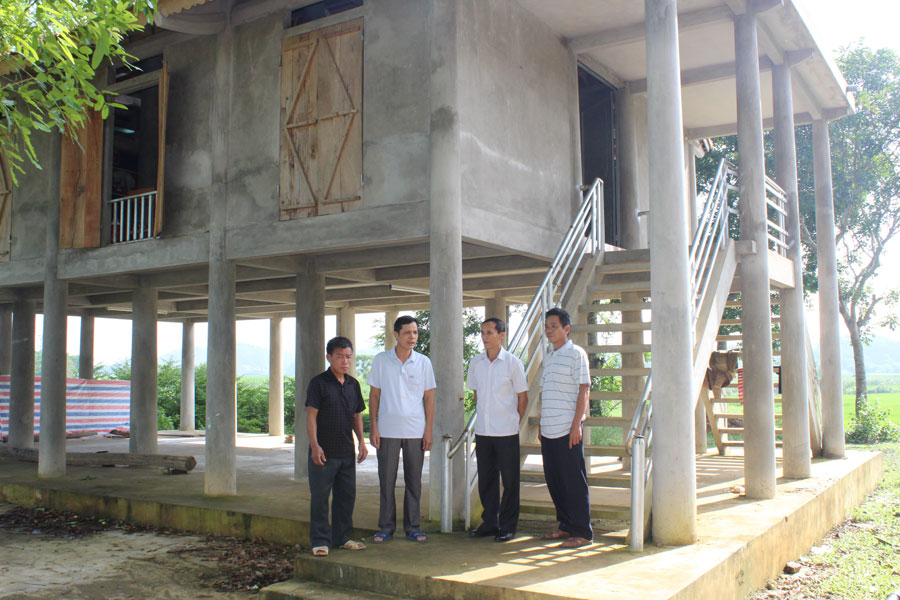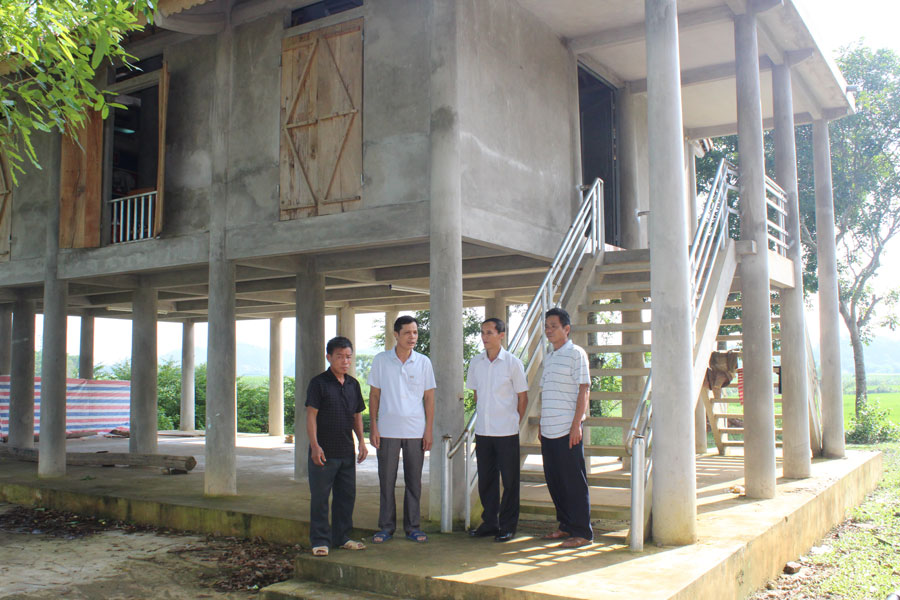This district is renowned for a number of
traditional cultural values of the Muong people still preserved today, from old
houses, unique costumes and the Muong language to folk songs, gongs, bronze
drums, and epics of this minority.
Over the past years, it is known as the best
performer in conserving the Muong people’s housing culture. While there is
still a relatively large number of wooden stilt houses in mountainous and
remote communes of Lac Son, there are more and more concrete stilt houses in
low-lying localities.
Due to the shortage of timber, locals invented a
new method for stilt house construction which is using concrete. The method was
first used in Tan My commune in 2004 and 2005 and then became popular across
the district. Preliminary statistics show that there are more than 7,000
concrete stilt houses, mostly in Tan My, Tan Lap, An Nghia, Yen Nghiep, Xuat
Hoa and Dinh Cu.
Aside from preserving the housing culture,
authorities of Lac Son have also moved to include the teaching of Muong gongs,
folk songs, and costumes in local schools’ curricula. In particular, the Lac
Son and Quyet Thang high schools have organised many competitions on performing
gongs, folk songs and traditional costumes of the Muong people, attracting the
participation of many students.
More than 3,000 gongs are still kept in Lac Son
at present. Many communes like Nhan Nghia, An Nghia and Tan Lap have had gong
and folk music teams set up in all of their communes, thereby helping to
preserve the Muong ethnic group’s culture./.



